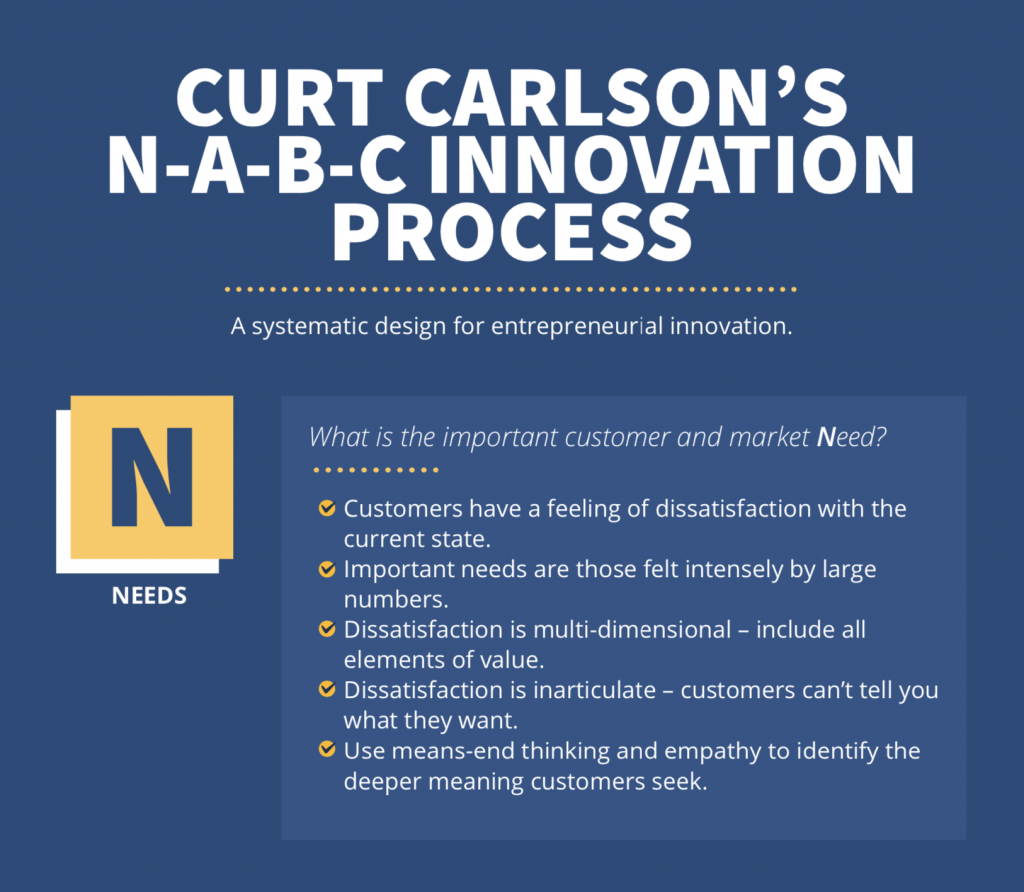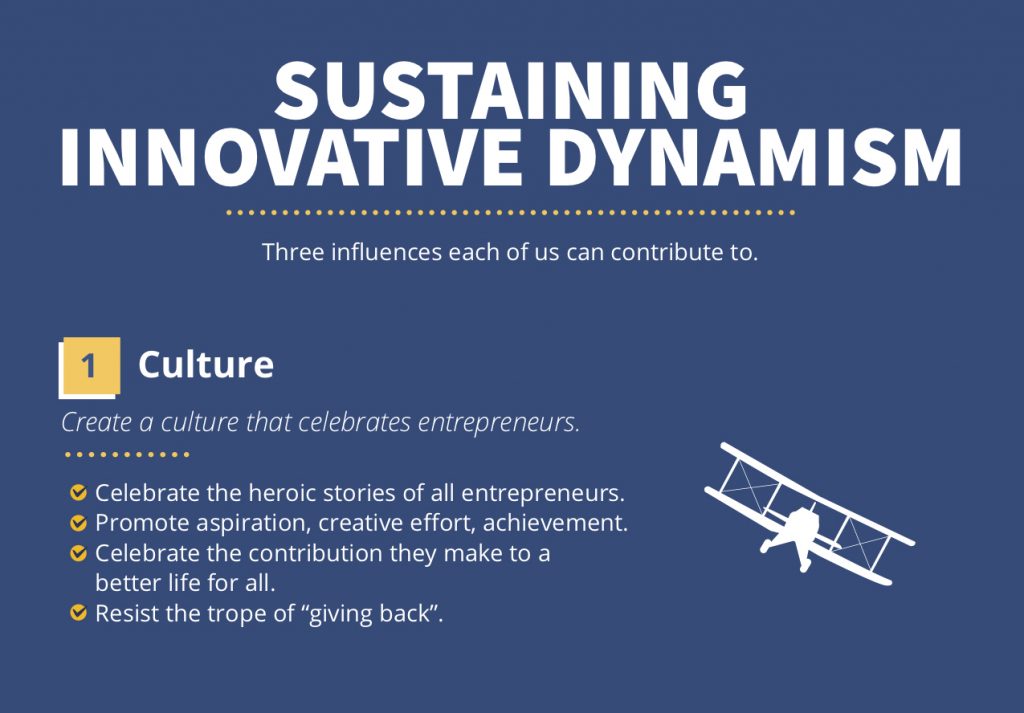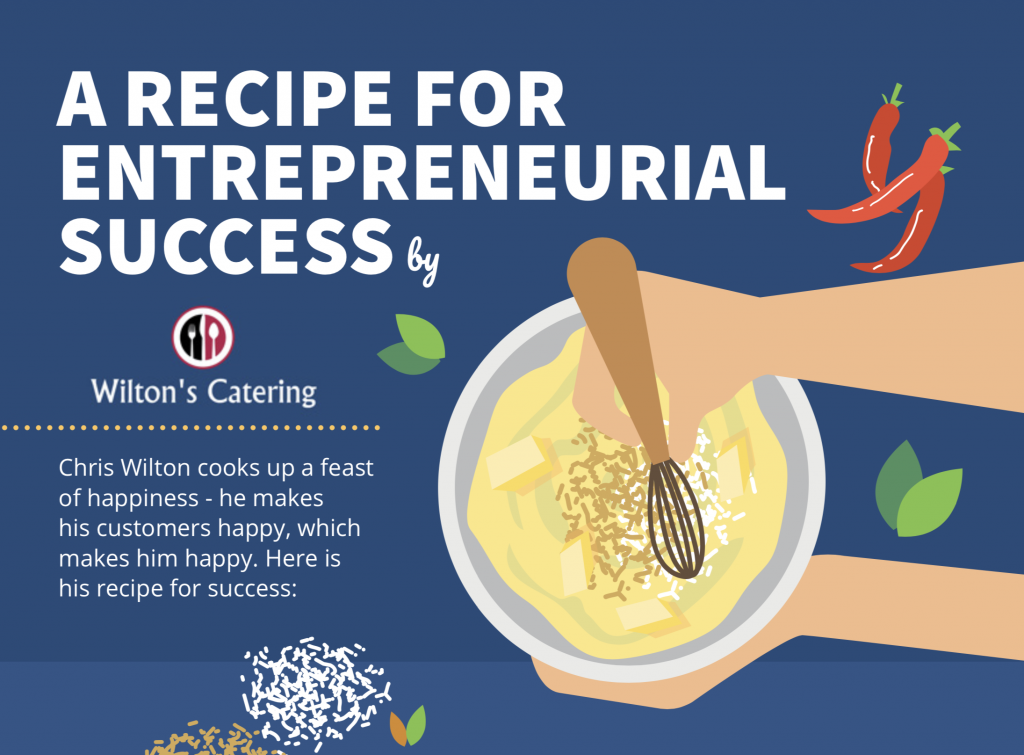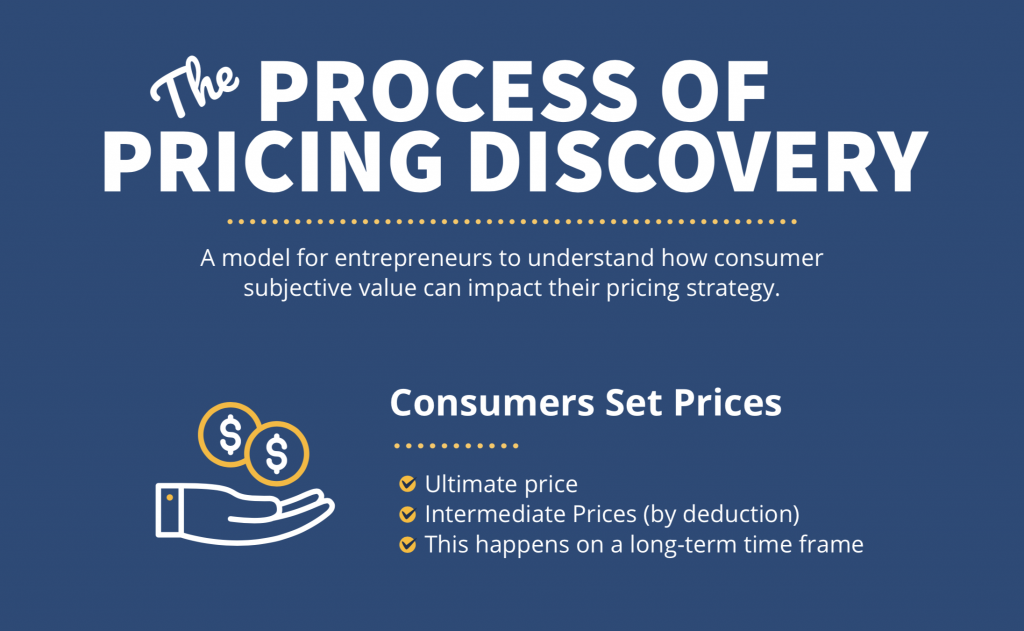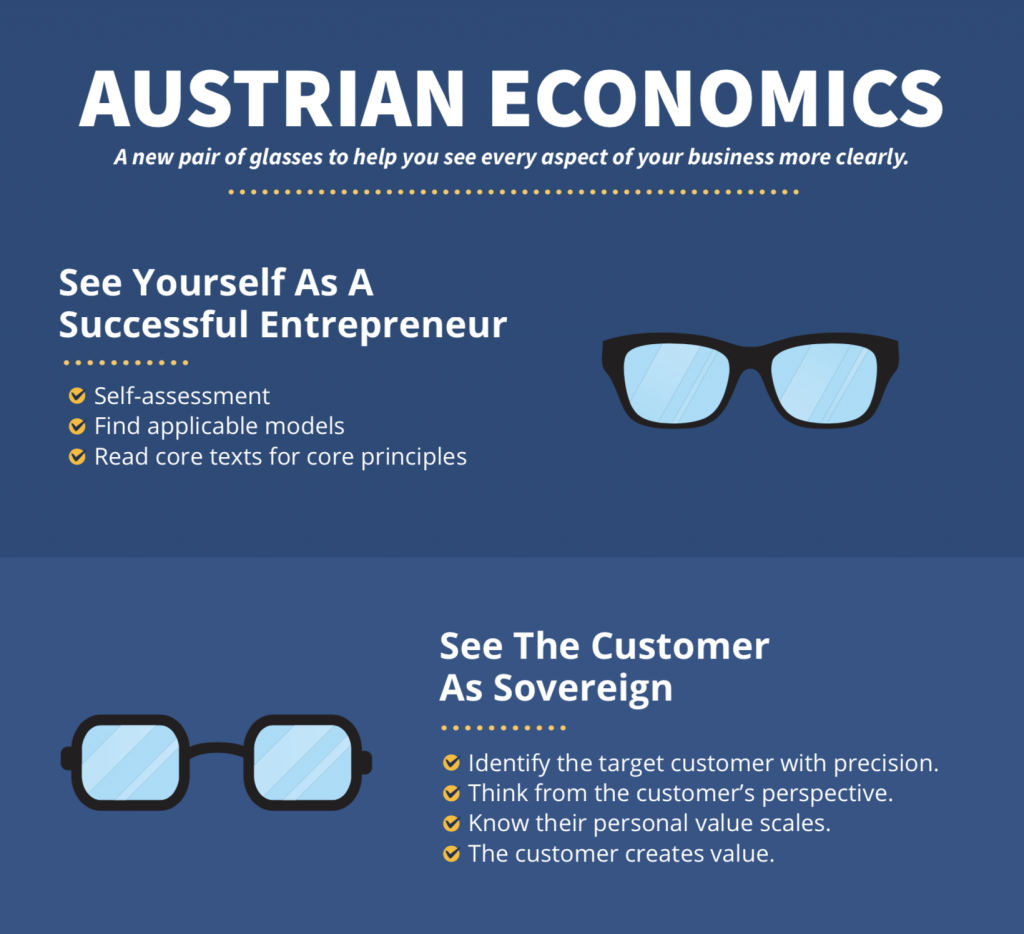37. Curt Carlson’s Systematic, Repeatable Process to Generate Customer Value
Is successful value creation through innovation the product of genius? Or of luck? No, it’s the product of a system, applied with discipline. Utilizing the system can result in repeated success in customer value generation.
Key Takeaways and Actionable Insights
Curt Carlson is the world’s leading expert practitioner. He is the founder and CEO of Practice Of Innovation, LLC, and was President Of SRI International, identified as the most successful innovation company in the world based on its development and introduction of globally important innovations like Siri for the iPhone4 and HDTV. Under Curt’s leadership, SRI grew 3.5X and created tens of billions of dollars of new customer value.
Curt believes any company can systematically generate new value for customers, and reap the rewards of the market for doing so, when they rigorously apply three fundamental rules.
- They have a simple value creation methodology that everyone in the company (and its collaborative partners) can describe, understand and apply every day in every job function. (Curt’s test: ask everyone in the company what the firm’s value creation method is: if they can’t describe it, there isn’t one.)
- They have metrics to define innovation work that is important rather than merely interesting. While subjective value is not quantifiable, there are proxies for measuring importance and market potential.
- They have a system for active learning. Innovation is a learning science, and active learning is a specific, high speed, high productivity version of learning, applying the best learning science principles.
In this week’s podcast, we focused especially on the simple, effective value creation methodology that Curt identifies by the initials N-A-B-C.
N is the identification and quantification of the important customer need. In B2B businesses, it’s possible to monitor financial flows and identify needs based on quantifiable elements – cost savings, time savings, and measurable quality improvements. In consumer businesses, need identification is much harder, and quantification impossible except by proxy, since needs are subjective and individual. Importantly, they are also multi-dimensional, and need identification must encompass all the dimensions.
It’s important to deeply understand human wants, whether it’s for convenience, or higher order wants such as pride and identity. Surveys told Steve Jobs that consumers wanted a “new keyboard” for existing Nokia phones that were hard to use. Jobs’s intuition was that what they really longed for was convenience. The touchscreen on the iPhone provided convenience and opened a doorway to all kinds of additional services.
A is the Approach the entrepreneurial innovator takes to meet the customer need. The approach is the design of an experience that the customer will desire. The Approach mist embrace both the assembly of the right resources into a technical solution, and the business model so that the solution makes money. There’s an iterative back-and-forth between technical solution and business model that can continue for years. Nike’s technical solution for shoes is good but not unique; its business model for sponsoring athletes to inspire aspirational consumers who wanted to “be like Mike” (or today like LeBron) elevated their offering from product to experience.
B is Benefits Per Costs. Curt uses this construction to emphasize that there are large buckets of both benefits and of costs. Benefits include not just features and performance and appearance, but also the feelings produced by the experience. Costs are similarly multi-layered: not just dollars, but also the effort required to acquire the product, and perhaps to master its use, the opportunity cost of what is given up, durability, and more. The innovative entrepreneur must look at costs from all of these angles and calculate that the “benefits per costs” for customers are much better than alternatives.
Curt’s rule of thumb is 2X to 10X better. People measure perceived benefits in percentages. 10% better, 50% better, 100% better than the status quo or the alternatives. Transformational innovations are 2 – 10X better.
C is the competition and other alternatives – both today and in the future. What are all the other ways the customer can experience the benefit they seek? What are alternative ways for them to spend their money – perhaps on a different experience that’s not a direct substitute but on which they’ll spend instead of buying our solution. How does your innovation fit into their lives so compellingly as to become preferred over all these alternatives?
N-A-B-C is a simple framework, but it’s not easy to achieve results. It requires iteration at speed among many collaborators (including customers, and possibly investors), all with different and specific talents and tacit knowledge. No individual can command sufficient knowledge, so team learning – active, comparative learning, frequently updated – is critical to the outcome.
The result is transformational: for customers who experience new value, for the firms that facilitate it, and for the individuals who practice the discipline of innovation.
DOWNLOADS & EXTRAS
Download Curt Carlson’s NABC Innovation Process PDF: Our Free E4E Knowledge Graphic
Buy a copy of Curt Carlson’s book, Innovation: The Five Disciplines For Creating What Customers Want.
